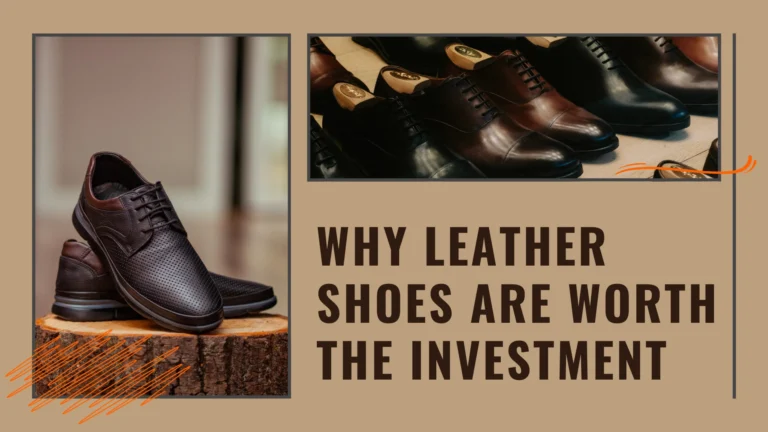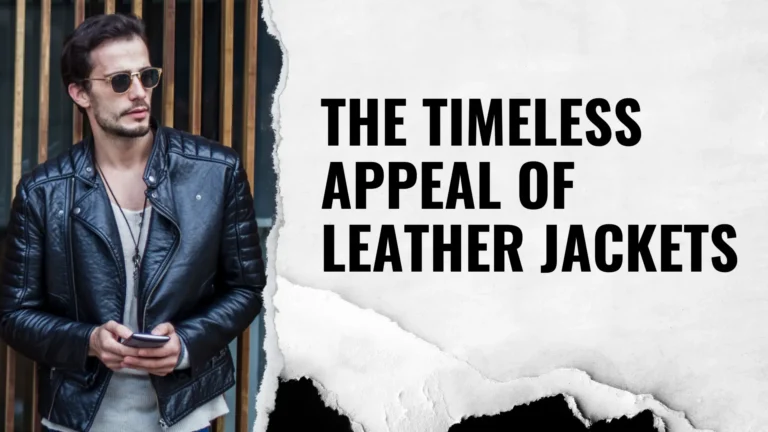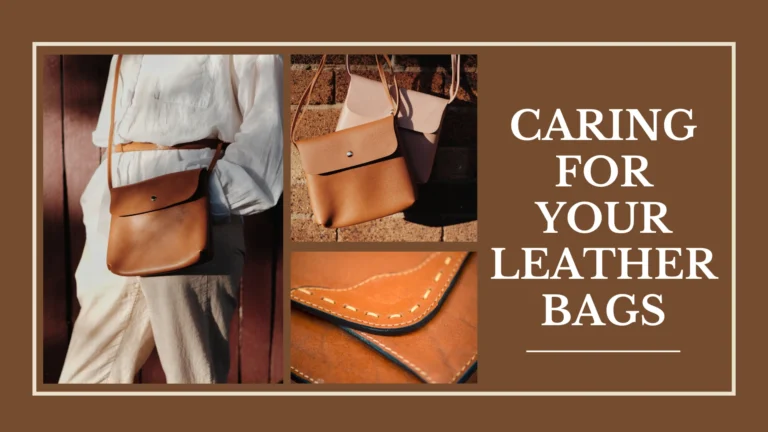Leather Belts: More Than Just Accessories
When people think of leather, jackets and shoes often come to mind first, but leather belts deserve equal recognition. A belt is not only a practical item for keeping trousers in place—it is also a subtle yet powerful accessory that adds structure, sophistication, and personality to an outfit. Unlike synthetic alternatives, leather belts combine durability with timeless appeal, making them essentials in every wardrobe.
The Functional Importance of Belts
At their core, belts are designed to provide support. They keep trousers or skirts fitted properly, ensuring comfort and ease of movement. For professionals, a belt signals neatness and attention to detail. In casual wear, it can complete a laid-back look while offering practicality. While functionality is key, the design, material, and craftsmanship of a belt elevate it from being a necessity to a fashion statement.
Why Leather Belts Stand Out
Leather has always been associated with strength and elegance, and belts made from genuine leather showcase these qualities. Unlike fabric or synthetic belts, leather offers resilience and longevity. A high-quality leather belt can withstand years of use without losing its charm.
- Durability: Leather resists fraying and tearing far better than other materials.
- Style Versatility: From business attire to casual outfits, leather belts adapt seamlessly.
- Timeless Appeal: Leather develops a unique patina with age, making each belt distinctive.
This combination of strength and beauty is why leather belts remain the gold standard in accessories.
Different Types of Leather Belts
Leather belts come in various styles, each suited for different occasions.
- Formal Belts: Slim, sleek designs in black or brown, often with polished metal buckles, are essential for business and dress settings.
- Casual Belts: Thicker and sometimes textured, casual belts pair well with jeans and chinos. They often come in a wider range of colors.
- Designer Belts: Luxury brands craft belts that serve as both function and statement, with embossed logos or unique patterns.
- Work Belts: Made from sturdy, heavy-duty leather, these belts are designed for utility and durability, often used in outdoor or industrial environments.
Owning a mix of these styles ensures you’re prepared for any occasion.
Matching Belts with Outfits
A leather belt can tie an entire outfit together. The traditional fashion rule is simple: match your belt with your shoes. A black belt complements black dress shoes, while a brown belt works best with brown or tan footwear. For casual looks, experimenting with textures and colors is acceptable, but balance is important. A bold belt should not overpower the rest of the outfit.
For formal events, a clean, polished belt with a simple buckle is best. In casual settings, belts with braided textures, suede finishes, or vintage buckles add personality. A good belt reflects both style and context.
The Craftsmanship Behind Leather Belts
What sets leather belts apart is not just the material but the craftsmanship. Quality belts are often made of full-grain or top-grain leather, which is strong, supple, and long-lasting. Hand-stitched details, smooth edges, and solid buckles add to their premium feel. Unlike mass-produced synthetic belts, artisanal leather belts are designed to age gracefully and remain functional for years.
Caring for Your Leather Belt
Proper care ensures that your belt lasts longer and looks better with time.
- Avoid Over-bending: Excessive folding can weaken the leather. Store belts flat or rolled loosely.
- Clean Regularly: Wipe with a soft cloth to remove dust. For deeper cleaning, use a mild leather cleaner.
- Conditioning: Apply conditioner every few months to prevent cracking and dryness.
- Keep Dry: If the belt gets wet, allow it to air-dry naturally. Avoid heaters or direct sunlight.
These small habits keep your belt strong and stylish for years.
Leather Belts as Fashion Statements
In modern fashion, belts have evolved into statement pieces. Luxury houses like Gucci, Hermès, and Louis Vuitton design belts that are instantly recognizable, often featuring signature buckles or embossed patterns. For many, these belts are status symbols that elevate even the simplest outfit.
Even beyond luxury fashion, belts serve as a reflection of personality. A rugged, distressed leather belt might express adventure and casual style, while a sleek, polished one signals professionalism and elegance. The right belt transforms an outfit from ordinary to polished.
Sustainability and Modern Choices
As with other leather goods, sustainability is an important consideration. Many brands now use vegetable tanning methods to reduce chemical use, while some explore eco-friendly alternatives like recycled leather or plant-based materials. While genuine leather is still prized for durability, sustainable options make belts more accessible to conscious consumers.
Conclusion
Leather belts are far more than simple accessories. They blend function with fashion, durability with style, and tradition with modernity. A well-chosen leather belt completes an outfit, communicates attention to detail, and lasts for years. By investing in quality craftsmanship and caring for it properly, you own more than a practical item—you own a timeless piece of fashion that enhances your presence in every setting.





